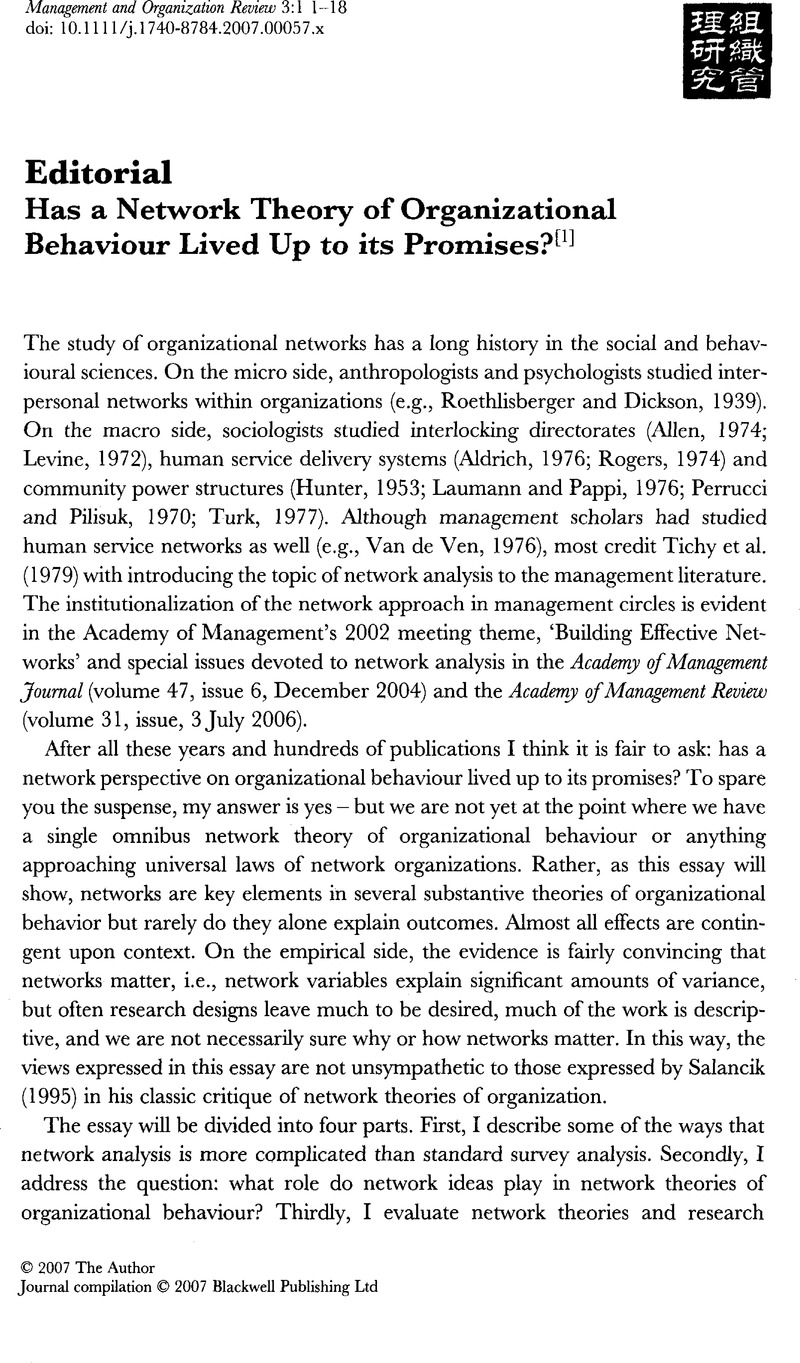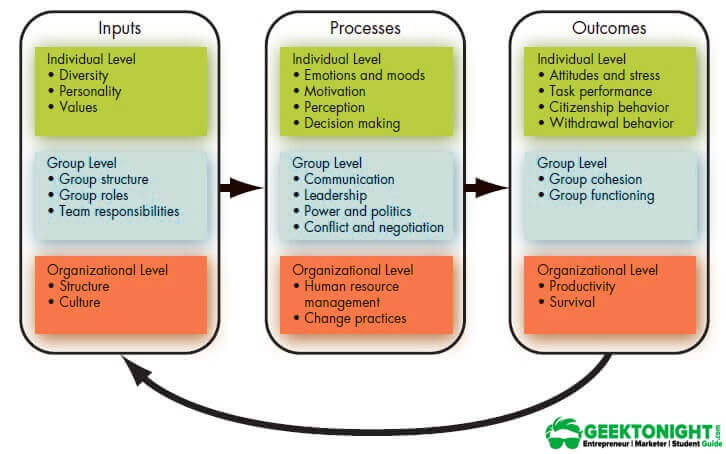Organizational behavior (OB) theories are frameworks that help to understand and predict human behavior in organizations. These theories can be applied to various aspects of organizational life, such as leadership, communication, motivation, decision-making, and group dynamics. OB theories have been developed over the years through research and observation of how individuals and groups behave in organizations, and they provide a way to analyze and understand these behaviors in a systematic and scientific way.
One of the earliest OB theories is the hierarchy of needs theory, proposed by Abraham Maslow in 1943. This theory proposes that human needs are arranged in a hierarchy, with lower needs (such as physiological and safety needs) being more basic and necessary for survival, and higher needs (such as self-actualization and self-esteem) being more complex and related to personal growth and development. According to Maslow, individuals will only be motivated to fulfill higher needs once their lower needs have been met. This theory has been influential in understanding how individuals' basic needs influence their behavior in organizations.
Another influential OB theory is the two-factor theory, also known as the motivation-hygiene theory, proposed by Frederick Herzberg in 1959. This theory suggests that individuals are motivated by different factors depending on whether they are related to their work itself (motivation factors) or to their work environment (hygiene factors). Motivation factors, such as achievement, recognition, and responsibility, lead to job satisfaction and can be used to motivate employees. Hygiene factors, such as salary, working conditions, and relationships with coworkers, do not directly lead to job satisfaction, but their absence can lead to dissatisfaction. According to the two-factor theory, organizations should focus on providing both motivation and hygiene factors in order to maximize employee satisfaction and motivation.
One more OB theory that has had a significant impact is the contingency theory, which proposes that the most effective leadership style or decision-making approach depends on the specific situation. This theory, first proposed by Fred Fiedler in the 1960s, suggests that different leadership styles are more or less effective depending on the level of control a leader has over their environment and the degree to which tasks and goals are structured. For example, a leader who has a high level of control over their environment and structured tasks may be more effective using an autocratic leadership style, while a leader who has less control and unstructured tasks may be more effective using a participative leadership style.
There are many other OB theories that have been developed over the years, each offering insights into different aspects of organizational behavior. These theories can be useful for organizations looking to understand and improve the behavior of their employees and teams. By applying these theories, organizations can develop strategies and interventions to foster positive behaviors and create a more productive and positive work environment.

:max_bytes(150000):strip_icc()/organizational-behavior-9d705b2e75d34e4e9816a34509e360ed.jpg)
+vs.+Organization+Theory+(OT).jpg)




